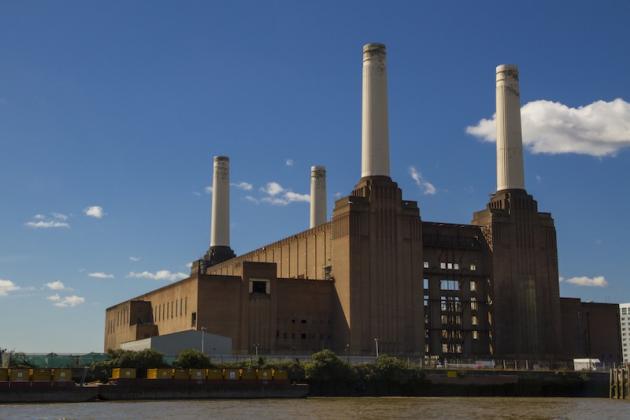The World Monuments Fund (WMF) has announced $1.5 million grant to support preservation efforts at nine historic sites. This is the second allocation from a $5 million, five-year grant to WMF from American Express to support the World Monuments Watch. Each of the nine locations was among the at-risk historic sites included on the 2014 Watch, announced in October 2013. American Express is founding sponsor of the Watch program. Projects receiving funding are Pokfulam Village in Hong Kong (SAR), China; the churches of Saint Merri and Notre-Dame-de-Lorette in Paris, France; the Farnese Aviaries in Rome, Italy; Tenyuji Temple, Ogatsu, Japan; Fundidora Park in Monterrey, Mexico; the Güell Pavilions in Barcelona, Spain; the House of Wonders in Stone Town, Zanzibar, Tanzania; Battersea Power Station in London, United Kingdom; and Sulgrave Manor in Sulgrave, United Kingdom. “The longstanding support of American Express to the World Monuments Watch has resulted in preservation work at more than 150 sites in over 60 countries,” said WMF President Bonnie Burnham. “The sites on the 2014 Watch that will receive support are extraordinary places whose preservation will benefit both local populations and visitors from around the world.”
The funds allocated to Battersea Power Station will support awareness-raising public programs, not a survey and report on the structural integrity of the building to ready it for restoration. Battersea Power Station, London, United Kingdom: Sir Giles Gilbert Scott’s graceful Art Deco Battersea Power Station defines the Thames just west of the Houses of Parliament in London. The building’s streamlined exterior design and Art Deco interiors, coupled with the engineering achievements of its turbine and heating systems, are a testament to the structure’s extraordinary significance. It is a historic fixture of the London skyline, and has shown up across popular British culture, making it one of the city’s great symbolic cultural icons.
The Battersea Power Station is a steel girder frame of the four chimneys. It is the largest brick building in Europe. In effect Battersea is two power stations and the familiar silhouette of four chimneys did not appear until 1953. For the first 20 years the building had a long rather than four-square appearance, with a chimney at each end. It has been described as a temple of power and to rank as a London landmark equal with St. Paul’s Cathedral. In 1939 a survey of celebrities voted it their 2nd favourite building when canvassed by the Architects Journal.
The construction of ‘B’ Station was begun a few months after World War 2 to bring Battersea to a total capacity of 509 megawatts and the 3rd. largest power station in the U.K. This huge project, begun by the London Power company 30 years before, was to be completed by the British Electric Authority when the electricity supply was nationalised in 1948. Battersea “B” station began operating in 1953 and had the highest thermal efficiency of all power stations and provided one fifth of Londons total electricity supplies. Throughout the whole of its life Battersea has been a symbol of the electricity industry to the media and the general public alike.

